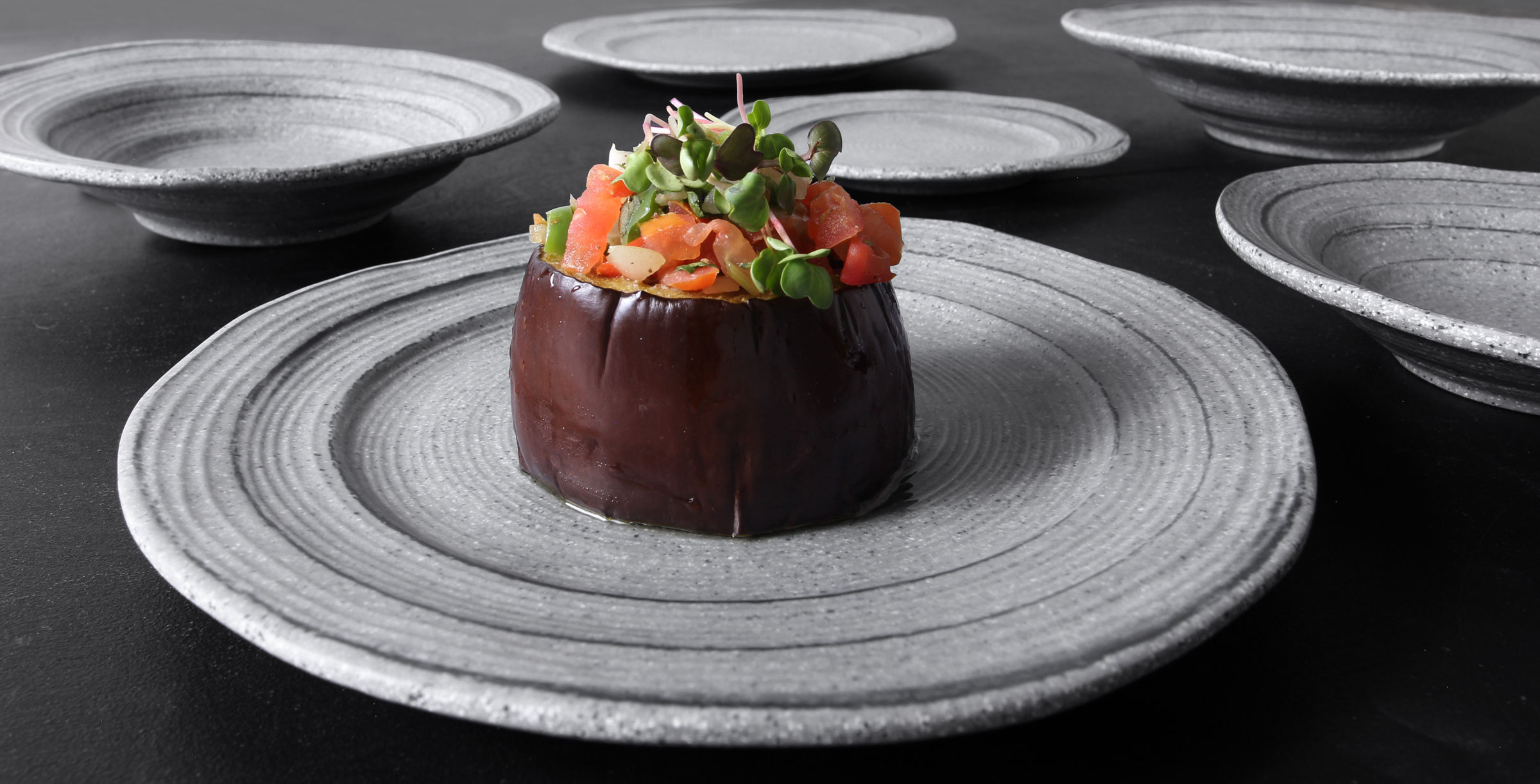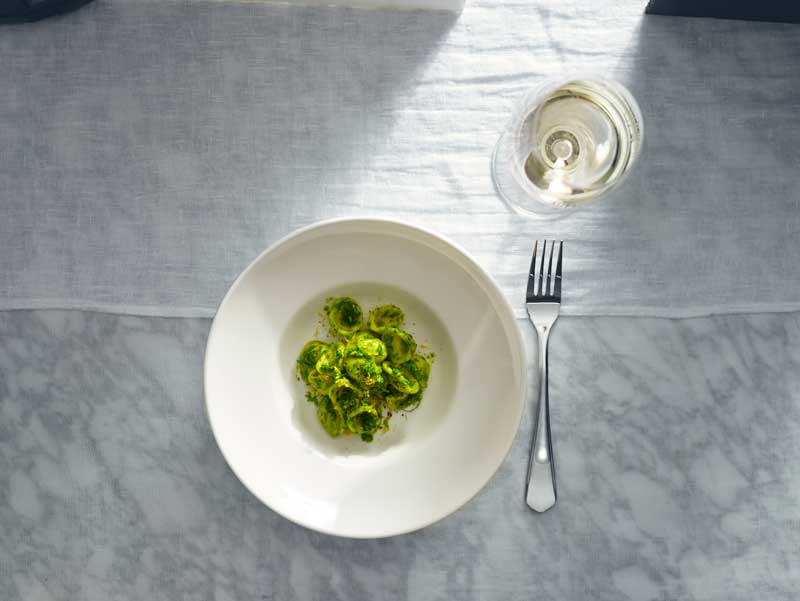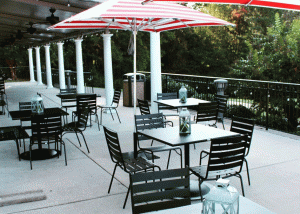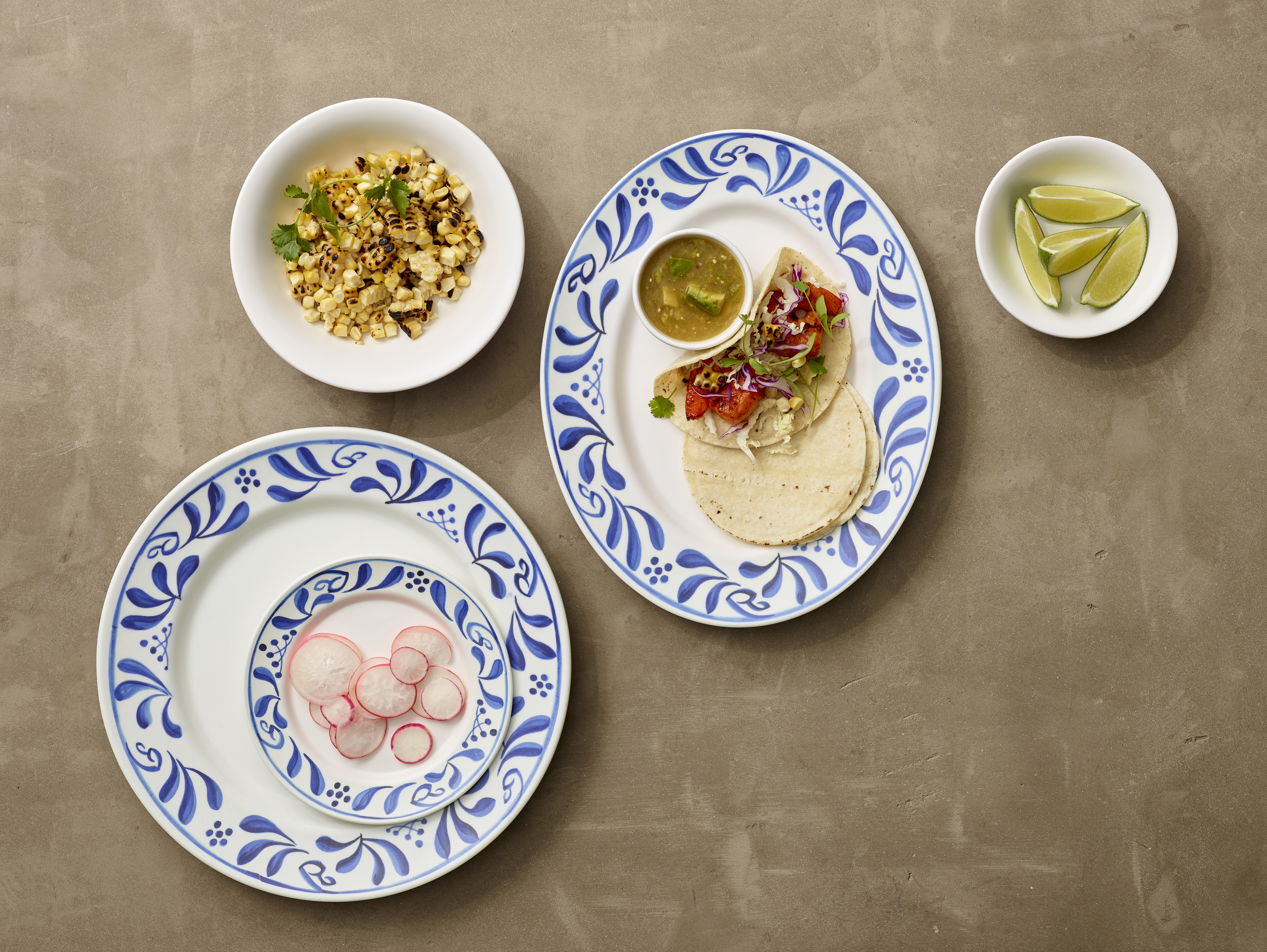Are all plates created equal?
Wendy Barras, Front of the House Specialist
Ever wonder why you can purchase one plate for $5 and another similar in appearance for $10+?
Dinnerware body composition plays a key role in product quality, durability and ultimately, cost.
All the following products are classified as ceramics: Porcelain, Bone China, Hi-Alumina, Stoneware.
Here is an overview of those classifications:
- PORCELAIN – Always a Bright White Body, High heat fired, vitrified glaze for maximum durability. Recommended for high volume establishments. Used in both casual and upscale establishments.
- BONE CHINA – Cream Colored Body, High heat fired, vitrified with min 25% Bone Ash added for strength and translucency. Typically, this lighter body weight product is used in upscale environments.
- HI ALUMINA – Always a Warm White Colored Body strengthened by the Aluminum Oxide additive. Most ceramics contain some alumina, but Hi-Alumina products are positioned at the high end of the market due to the expense of the added alumina.
- STONEWARE – Close in composition to porcelain but fired at lower temperatures. Less dense and slightly more porous. Usually this product is thicker and has more of a pottery or artisan feel. It can be softer, more porous and less durable.
Porcelain is the most widely sold product and even within the porcelain family of products there are features which can add durability, longevity, performance and vast price differences.
Here are a few things to look out for:
- The glaze can vary greatly – I’ve personally seen brand new economy plates where on close inspection the glaze is obviously compromised and appeared worn through to the clay. Examine samples to ensure the glaze appears evenly applied, no imperfections and/or worn spots.
- The foot of the plate – can be glazed (which is widely considered a sign of the highest quality), polished (most of dinnerware products have a high polished foot) or dry (not glazed or polished, this foot is rough to the touch and can significantly damage not only the plate below it when stacked but also your tabletop finish!) Recently I sold brand new tabletops to a restaurant and on opening day received a very distressing call from the owner who was questioning the quality of the tabletops because of numerous deep scratches. Upon close examination on the very first day of operation the foot of her economy dinnerware had such jagged nearly shard points on the foot that it had scratched through the walnut stain on the tabletops to the raw wood. While this seems like a rare occurrence that would occur because of a defective product over time a rough foot will wear your table finish much more rapidly.
- Examine the plates in a stack. Note whether the dinnerware stacks efficiently, is it in a close tight stack or is the stack is loose, thick and leaning. Whether being able to have more dinnerware at your plating station or trying to stack dinnerware for a banquet or buffet, many restaurateurs are willing to pay more for what the industry calls a ‘low profile’ plate that performs well in these locations. Low profile, well stacking plates allow for more plates to be put in the same amount of space for storage and stacking – less labor is needed because stacks don’t need to be replenished as often. During peak times in high volume establishments this can be a real value.
I hope this was helpful and explained a few mysteries about differing dinnerware types and features.
Eddie and I combined have over 50 years of experience buying, selling and representing tableware manufacturers. We now represent industry leading companies Steelite and Front of the House. Call us to assist you in finding the perfect product to create your vision, improve performance and fit your budget.






